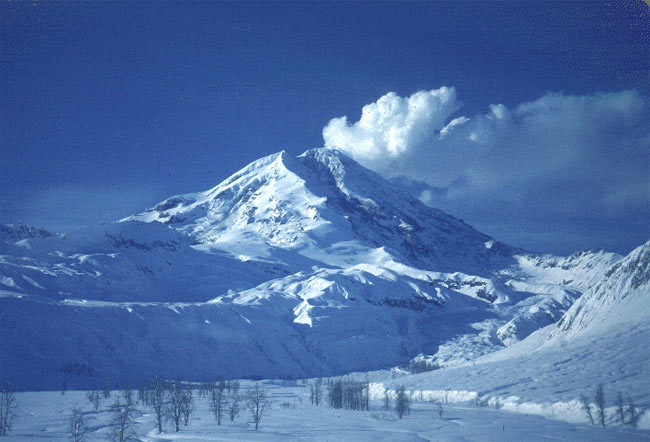Strange 1761 Atmospheric Phenomenon Explained

Unusual atmospheric phenomena were recorded worldwide in 1761, unexplained at the time.
Now independent astronomer Kevin D. Pang of La Cañada Flintridge, California, says he's figured out the cause — and he credits Benjamin Franklin with a conceptual assist.
While serving as American ambassador in Paris, Franklin first made the connection between a "dry fog" that had obscured the Sun for months in 1784, the extremely cold weather in Europe and North America that same year, and the 1783 eruption of Iceland's Laki volcano. The fog was, we now know, droplets of sulfuric acid, called vog (volcanic fog).
Pang learned that on May 18, 1761, astronomers could not see the fully eclipsed Moon, which usually glows faintly with refracted Earthlight.
Suspecting vog, he checked other sources, which corroborated his hunch. Chinese history books and weather logs documented bitter cold over subtropical parts of the country the following winter. In the Sierra Nevada of the United States, tree-ring studies of bristlecone pines revealed frost damage and stunted growth in 1761. Ice cores from Greenland and Antarctica showed abnormally high concentrations of sulfuric acid that year and the next.
A massive volcanic eruption at low latitude in late 1760 or early 1761 must have caused the worldwide cooling, Pang asserts. A likely culprit is Indonesia's Makian volcano, which blew its top in 1761, he says, but some other, unidentified eruption could be to blame.
The research was presented at the American Astronomical Society meeting in January.
Sign up for the Live Science daily newsletter now
Get the world’s most fascinating discoveries delivered straight to your inbox.
- Top 10 Unexplained Phenomena
- Volcano News, Information and Images
- Leonardo Da Vinci's 10 Best Ideas









